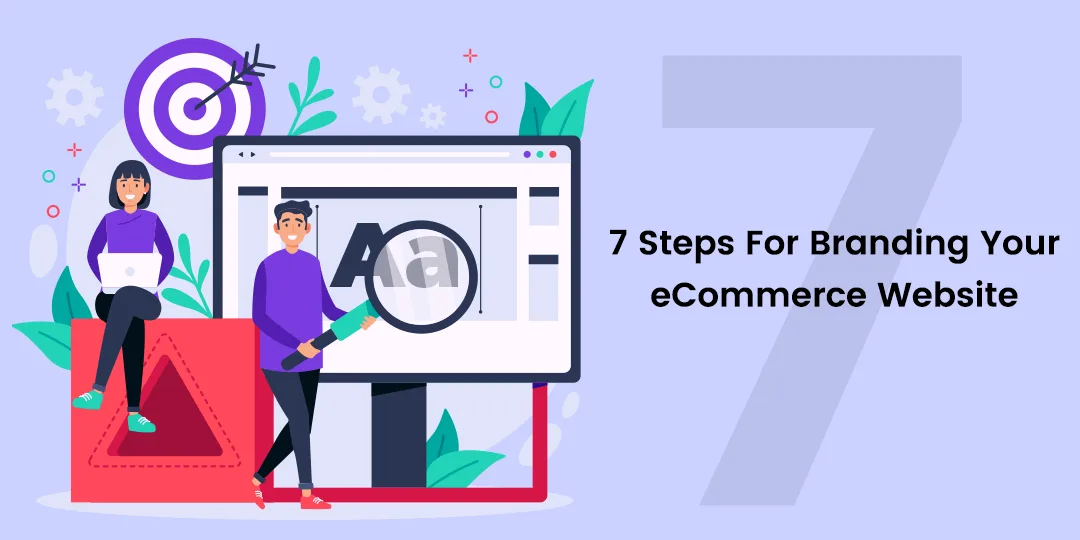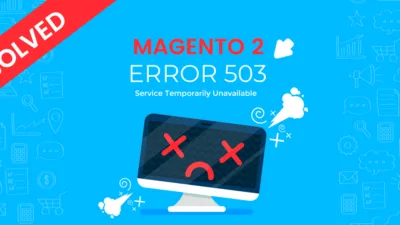Hello Ecommerce Folks,
Today We are going to learn about the best ways to brand your e-commerce website, while if you haven’t checked our previous article about What Risks and Problems are there with an Ecommerce Business do check it first.
The relationship between a brand and a consumer goes a long way in cementing customer loyalty. Reality check says consumers don’t end up buying a product. They invest in a brand. When you look at survey reports stating how the world’s 40 percent of internet users prefer buying from an eCommerce store, the story stays due for a solemn turn.
Building Your Brand Identity
Your brand identity is the face that you’ll show the world. It includes several elements, like your company logo, your USP, and of course, your brand guide. Here are some tips for how to create your brand identity:
- Logo – Your logo is the foundation of your brand identity. While hiring a professional branding agency like Ramotion or Designer is the conventional way to create a logo, you can also use online logo-maker tools to save time and money. For a new business that’s cash-strapped, online logo makers are an excellent, affordable option. Mostly AI-based, they offer templates or original designs to choose from, and they’ll help you to create a simple, yet stunning logo for your brand without needing any technical knowledge. You can even try on your logo and preview product packaging.
- Brand guide – Your brand guide should include everything from color palettes and imagery to typography and tone of voice. If you already created a logo, the next step is to draw up a brand guide, so that your imagery will stay consistent across social media and your web store. Like with creating a logo, online logo maker tools can help you set up your brand guide, as they usually suggest the fonts, color schemes, and layouts that are best for you to use in conjunction with your logo.
- Unique Selling Proposition – Every single brand has its USP. While developing your brand identity, you should always find ways to integrate your USP into your imagery and messaging. This will help you set yourself apart from other websites, as customers will constantly be reminded why your brand is the one to go to for whatever they need.
Developing Your Brand Story
Your brand story defines your eCommerce business, as it includes your brand vision, goals, core values, and everything else that has been guiding you to build a top-notch identity for your company.
A brand story helps your customers connect to the very purpose behind your products or service. Just look at the biggest brands in the world. Tesla, Google, Apple –all of them are backed by inspiring stories, mostly about their founders and their journey to the top.
A successful brand narrative usually starts with the very reason that inspired you to launch your business. Once you share your story with the world, you’ll connect with your audience on an emotional level, which is a win-win situation for your brand.
Social Media Presence
Social media has completely changed the game of branding. Not only does it give you free access to a wider audience, but it also opens up ways to consistently establish your brand presence.
However, it’s important to identify the right kind of social platform for your brand. Start by investing time in scoping out your competitors and figuring out where they’re the most active. Remember, the audience who spends time on Facebook can be markedly different from Instagram.
You’ll find that a large number of users follow brands on both social media platforms; and, people will often find eCommerce sites on social media after seeing products that they like. So, make sure to have an active presence on the channels you think your target audience is on because they could very well turn into new leads.
Personalizing Customer Experience
Customer experience, although an offshoot of branding, is a really good way to increase brand loyalty.
When you choose to include a personal touch for your customers, they’re more likely to do business with you compared to companies that send the same generic responses to everyone. While developing your brand, it’s worth personalizing your customer experience to ensure you are offering something unique, even if it’s just in the way you communicate with them.
Unique, branded product packaging is another great way to create a personalized customer experience. From a customer’s perspective, it makes opening their package memorable, while also giving your brand free marketing.
If a loyal customer hasn’t been to your website in a while, drop them an email saying how much you miss them. And, if you can afford to, throw in a complimentary gift or a special discount next time they choose to buy from your site.
Consistently Produce Content
One of the easiest ways to build a solid brand identity is to create valuable content, as it will help you stay in front of your customers for the long haul. The content could be anything—blogs, videos, infographics, whatever suits you—as long as it’s meant to interest and entertain your audience.
After you create your content, you need to promote it across all channels in order to get exposure. Not only can this attract new readers, but it will also add value to the messages you’re putting out into the world (as opposed to customers only seeing your ads).
For instance, if you deal with selling clothing online, you can build your content around your “behind-the-scenes” story, where you showcase the hard work you do to source the best fabric, your expert tailors, a day at your office, and much more. Alternatively, you can create an EBook with specially curated fashion tips and dressing advice for customers, which will appeal to new customers interacting with your brand.
Champion Change
What does your company care about in the world? Every brand has a set of ideas and values to support its foundation—values you should convey to your audience. This will help customers to understand your brand promise and why what you do matters.
The next step is to build a loyal band of followers dedicated to your mission. With time, more people will join when their vision matches yours and will choose to keep associating with your business. Make sure to embody these values not just on your website’s “About Us” page, but also throughout your entire online presence.
Never Over-Promise
People hate being disappointed. And, as a new eCommerce business, it’s all the more important to stay true to your promises. This is especially true in the case of shipping and returns policies. Be honest and upfront about your capabilities, in order to save yourself from getting a negative review in the future (and believe us—negative reviews matter a lot these days).
For instance, never promise 24-hour delivery if you don’t trust your courier partner. Clarity and honesty will go a long way in establishing your brand identity rather than over-promising your customers but failing to deliver.
There’s no place like the internet to showcase and sell your products. However, taking shortcuts and making false claims will do more harm to your brand identity than good. Focus on building a sustainable brand strategy and follow through consistently for desired results.













